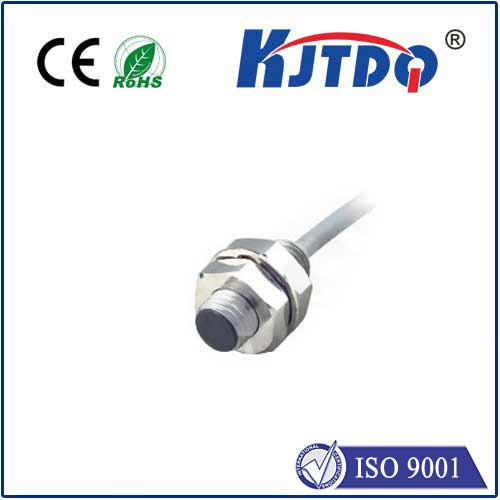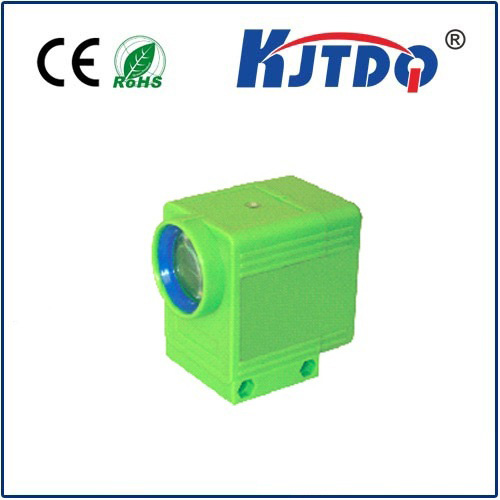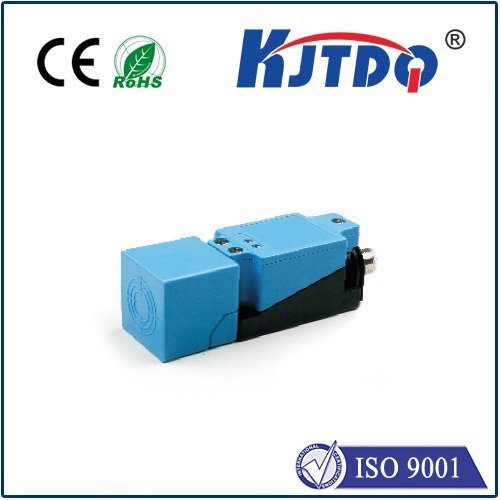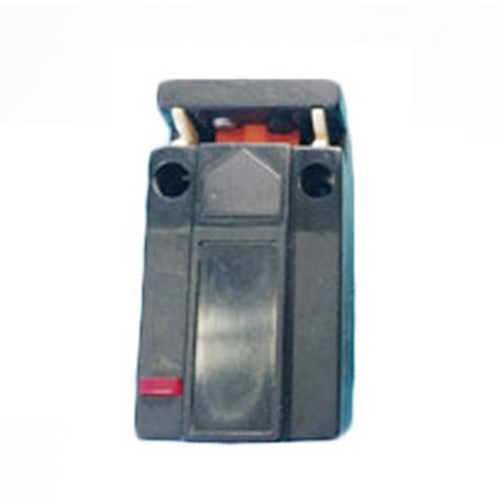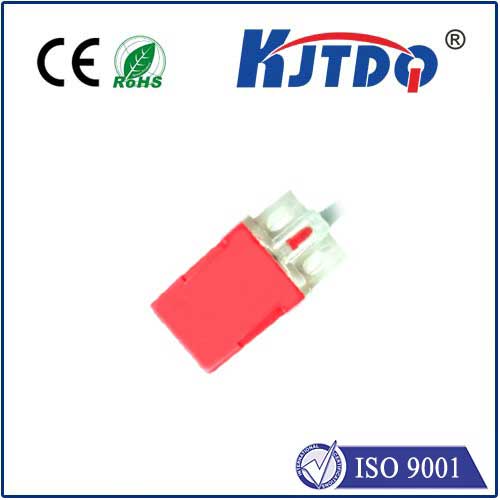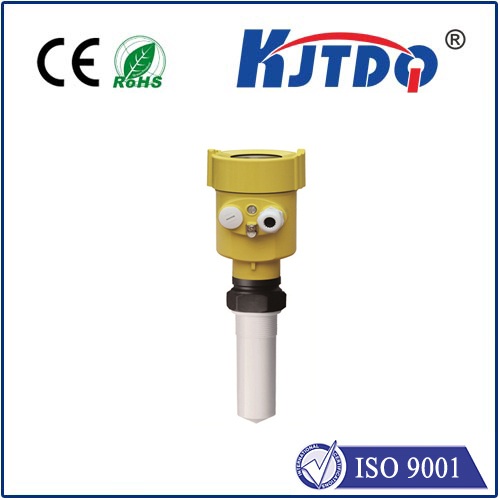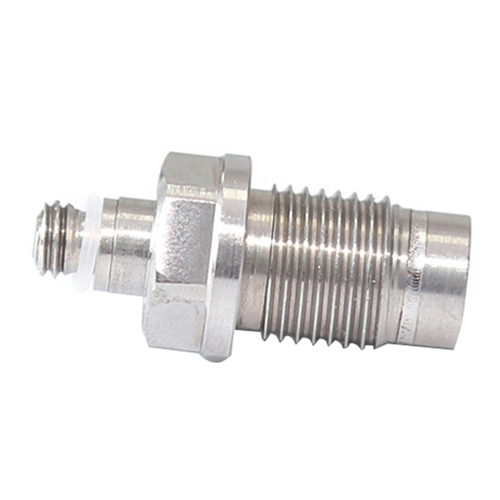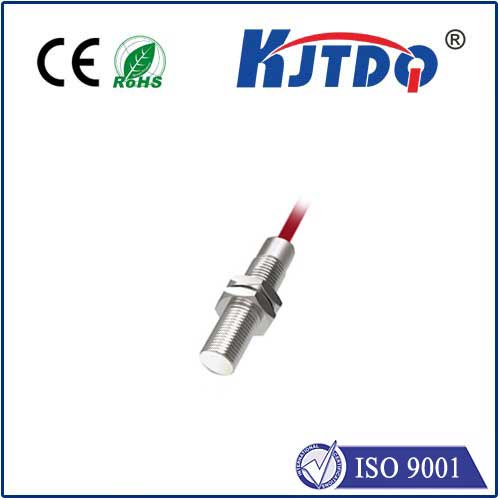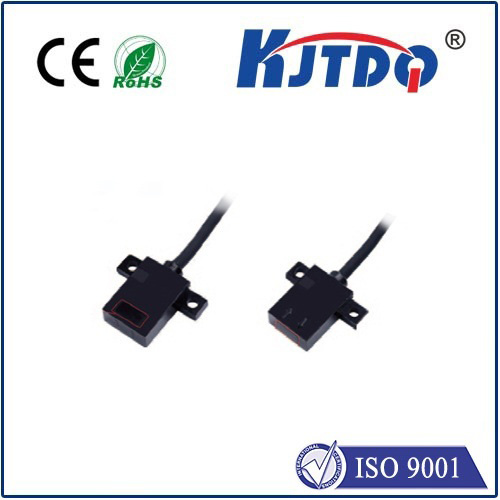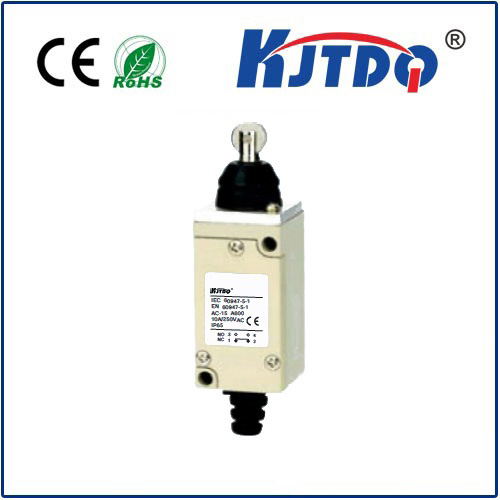

check

check

check

check

check

check

check

check

check

check
Introduction
The advent of high precision proximity sensors has revolutionized the way we interact with technology. From smart home devices to industrial robotic systems, these tiny devices have significantly enhanced our ability to measure and control physical spaces. This article delves into the evolution of these sensors, their applications and future prospects.
Sensor Evolution
High precision proximity sensors have come a long way since their inception in the early 1970s. Initially designed for basic tasks such as temperature monitoring and door access control, modern versions can detect objects at unprecedented distances, track movements, and even interpret human emotions. This transformation was made possible due to advancements in microelectronics, artificial intelligence, and machine learning.
Applications in Smart Homes
One of the most notable applications of high precision proximity sensors is in smart homes. These sensors are used to control lighting, heating/cooling systems, and security features. By detecting when someone approaches or leaves a room, these sensors can automatically adjust settings for optimal comfort and energy efficiency. For example, a sensor installed on a living room sofa can turn off the television when someone sits down to watch a movie, saving energy and reducing waste.
Integration with Industrial Robotics
In the realm of industrial automation, high precision proximity sensors have enabled robots to perform complex tasks with greater accuracy and speed. These sensors are used to detect obstacles, navigate through tight spaces, and even interact with humans. By combining advanced sensing technologies with machine learning algorithms, companies can develop autonomous robots that can adapt to changing environments and perform a wide range of tasks.
Healthcare Applications
Another area where high precision proximity sensors are finding widespread use is in healthcare. These sensors can be used to monitor vital signs, track movements, and even detect early signs of disease. For instance, a sensor worn on an elderly person's wrist can continuously monitor their heart rate and alert caregivers if any abnormal patterns are detected. Similarly, sensors attached to hospital beds can track patients' movements and prevent falls during sleep.
Future Prospects
As technology continues to advance, the potential applications of high precision proximity sensors are virtually limitless. From self-driving cars to space exploration, these tiny devices are set to play a crucial role in shaping our future. However, there are also challenges associated with their development and deployment, including issues related to privacy, security, and ethical considerations. Addressing these challenges will be crucial for realizing the full potential of high precision proximity sensors.
Conclusion
High precision proximity sensors are transforming various industries by enabling more intelligent and efficient operations. As these sensors continue to evolve, they will become even more essential in addressing some of the world's most pressing challenges. Whether in smart homes, industrial automation, or healthcare, high precision proximity sensors are paving the way for a more connected and sustainable future.
